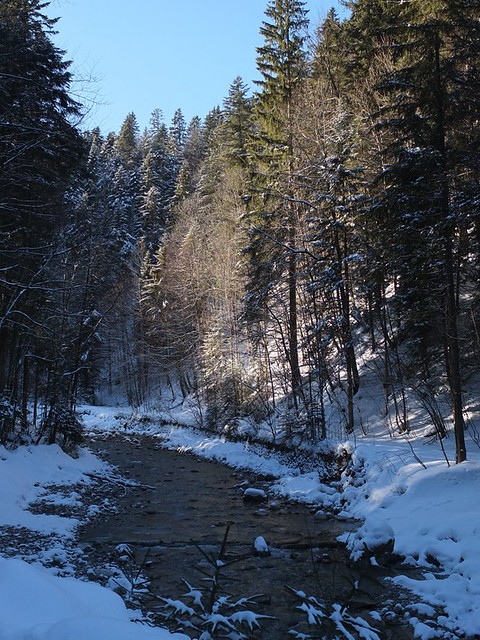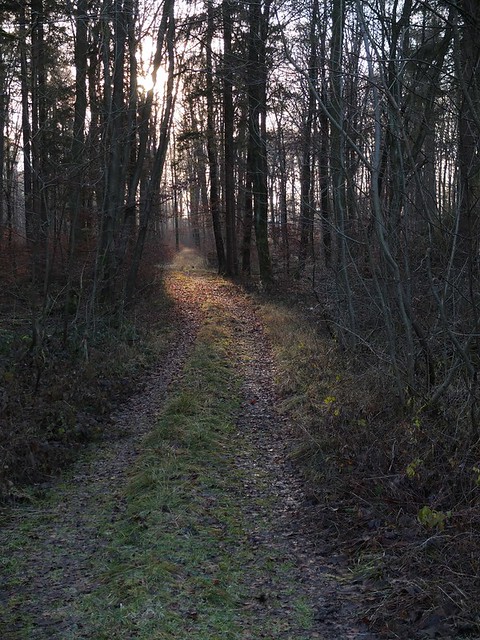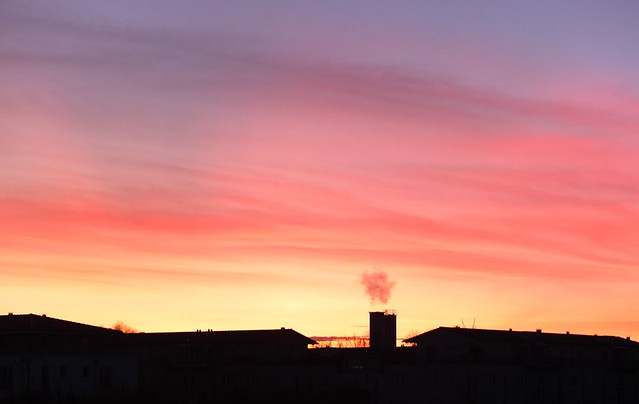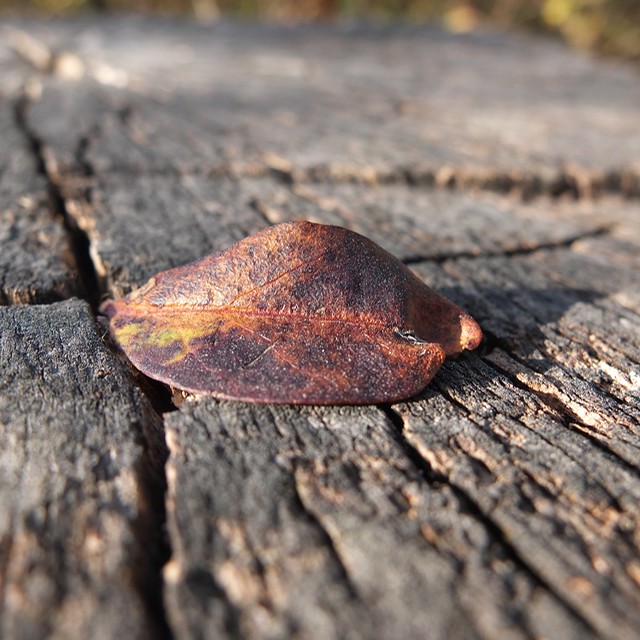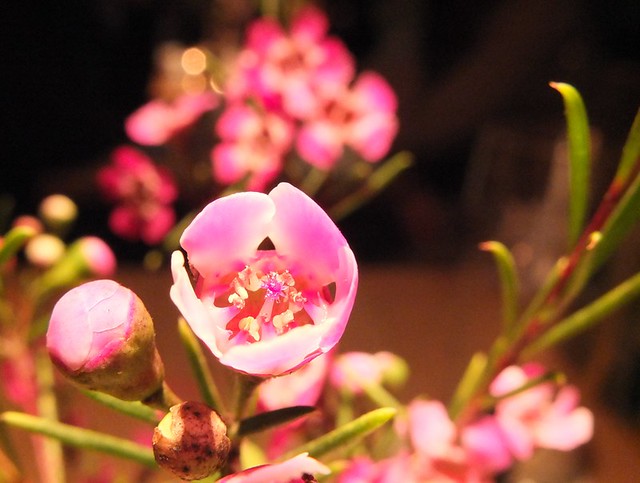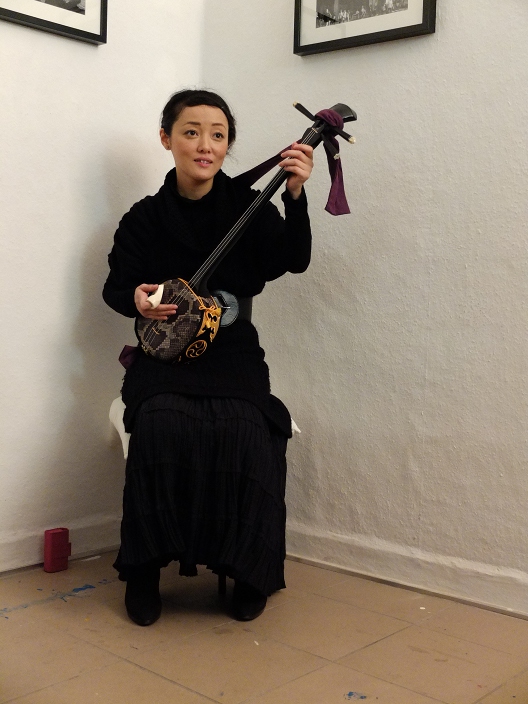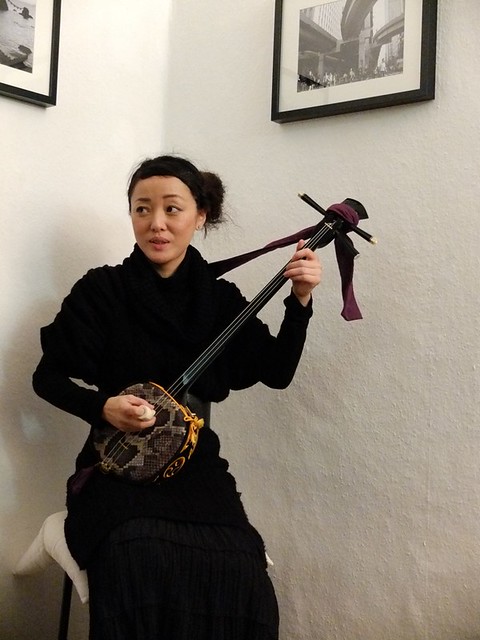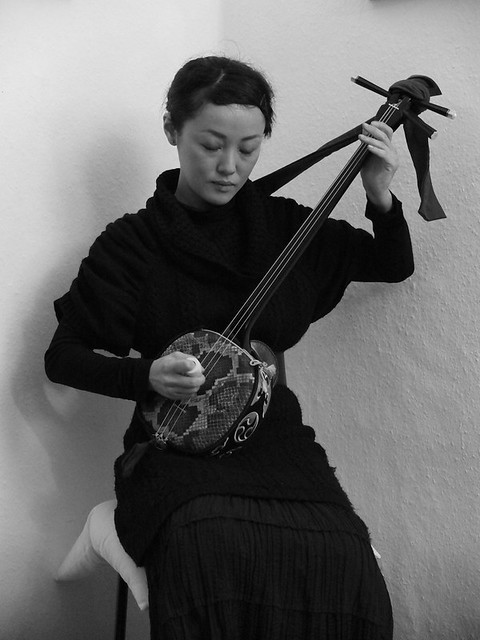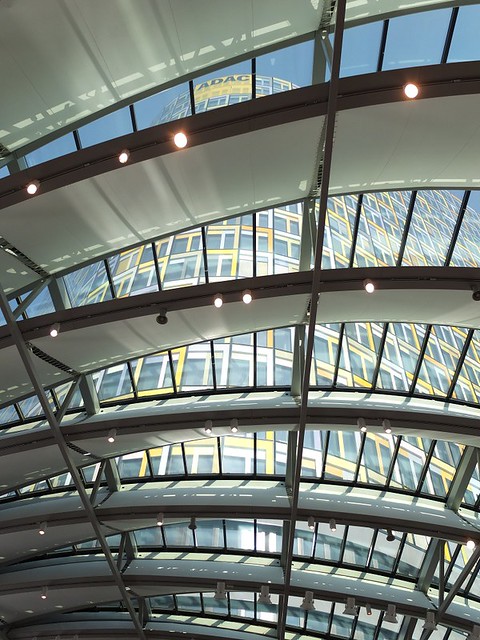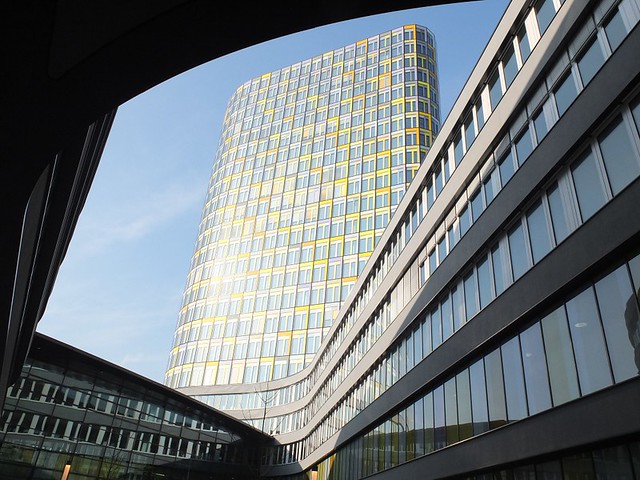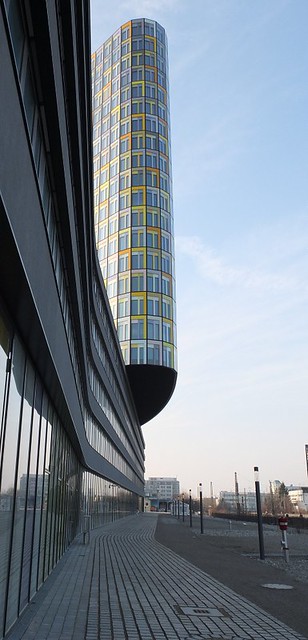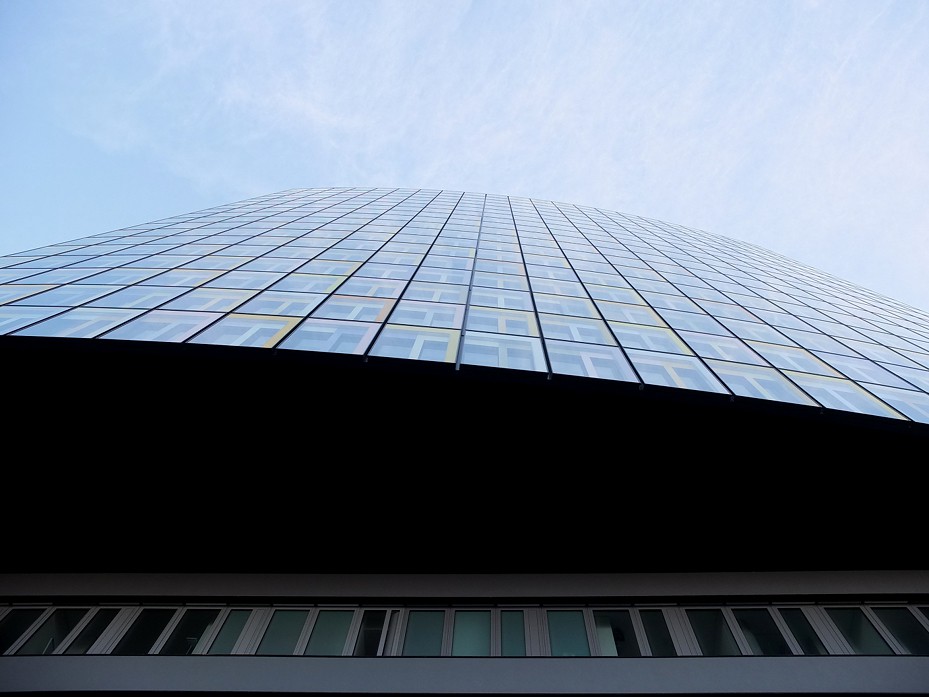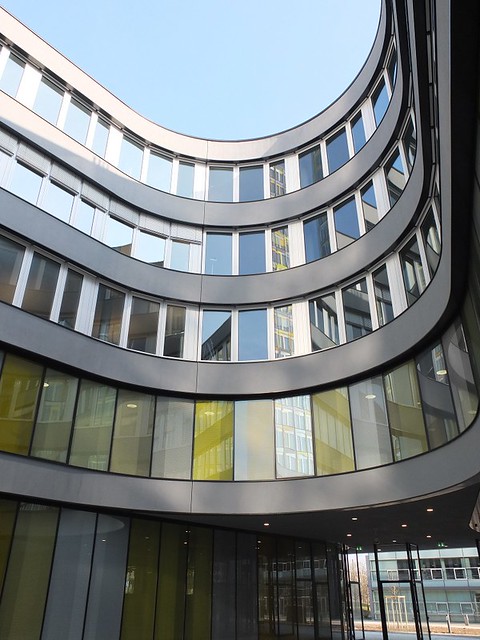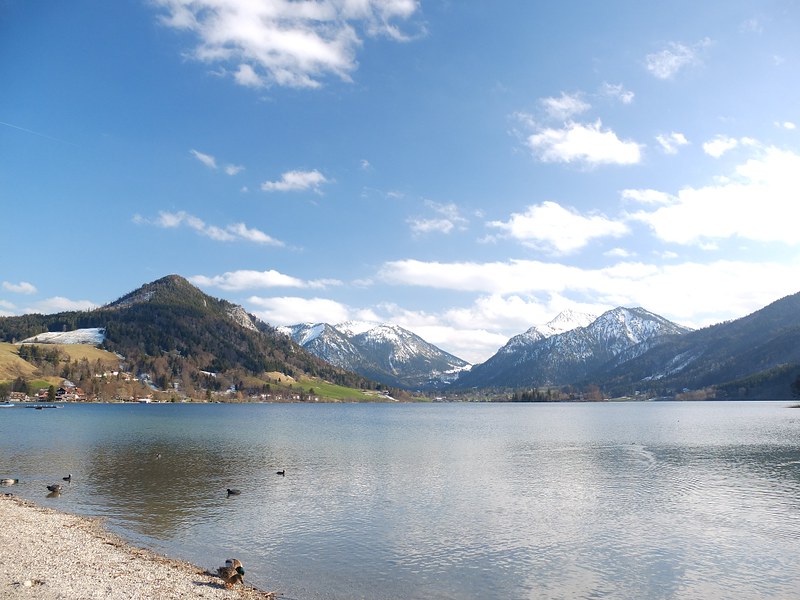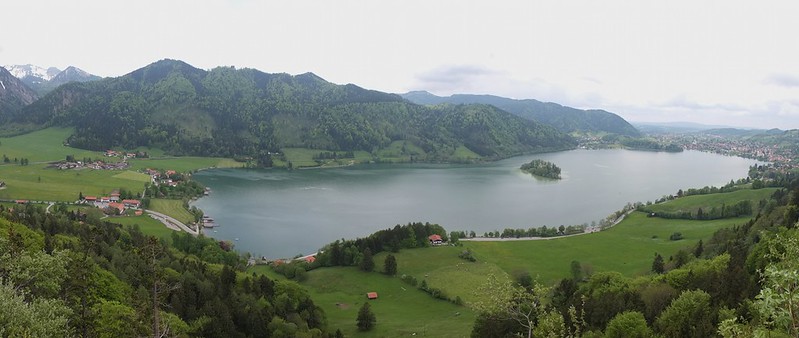Michael Nagel
Well-known member
After six weeks of use, here is a short summary on the X10.
As I am not the typical photo gear tester (I use it and test only if I feel that there is something wrong) not all situations are covered yet. There might be additions later...
Here are my impressions.
Handling:
I like the fact, that you switch on the camera by turning the zoom ring.
The manual zoom is a pleasure to use - faster and more precise than the motorized zooms usually found on compact cameras.
The controls for AF, exposure adjustment, white balance, light metering and choosing the AF field can be reached by individual switches or buttons. One button (FN) can be configured, default for this button is ISO.
The menu structure is less to my taste - some items are not self-explanatory and some search is required...
The optical viewfinder does not have parallax compensation and it covers approx. 80% of the image. It is helpful if the screen is not desired or cannot be used as in bright light. There is no information visible in the viewfinder!
Once all the acoustic signals are silenced - the first thing I do on a camera after unpacking - the camera is silent. You really have to pay attention and to be close to hear the shutter. This is very useful for locations where this is required (Theater, Church etc.).
The size is just OK for my hands and the surface makes it a pleasure to carry.
For most of the situations I did not need the menu, the dedicated controls cover most of the functions I need handy for shooting.
Performance:
Compared to the Powershot S90 I owned before, the AF seems to be faster.
The speed of up to 7 images per second at full resolution for continuous shooting is good for a compact camera.
Overall the camera has little lag and helps to capture the desired moment in most cases.
Image Quality:
The zoom lens is already good wide open (f 2.0 on the short end and f 2.8 on the long end) and permits some selective focusing thanks to the aperture and the sensor size of 2/3".
The sensor delivers an impressive image quality, especially when taking its size in account.
On low ISO, the quality is IMHO getting close to some of the entry-level DSLR or µFT cameras with the difference of larger DOF.
Examples:
OPF Thread 1
OPF Thread 2
On high ISO, the camera delivers still a lot of useable images.
ISO 1250
ISO 2000
ISO 3200
When using EXR Mode and lowering the resolution from 12Mpix to 6Mpix, this range can be expanded.
ISO 1000, DR setting at 400%
This was taken from a door leading outside a dimly lit rebuilt interior of a WWII submarine.
Bells and Whistles:
The X10 offers quite a few options for filming, this is something I have not explored yet.
There are many adjustments possible to alter the behavior of the JPEG engine. The standard settings deliver already good results, so I haven't fiddled a lot with these. Otherwise there is still RAW (which can be developed in the camera).
Besides the standard PASM modes, there is a dedicated EXR auto mode and an advanced mode and even two custom modes which can be configured by the user.
There are certainly thing I have missed, but these may be added later.
Currently there is an issue with blooming in some situations, also called the 'white disc' effect. This raised some concern. I saw the effect once or twice, but it did not disturb me (yet?).
I would have paid more to have the hybrid viewfinder, even a light version of it, included in the X10. This would have been a very useful enhancement.
The manual is sometimes cryptic (at least to me).
Overall I am pleased with the X10.
Best regards,
Michael
As I am not the typical photo gear tester (I use it and test only if I feel that there is something wrong) not all situations are covered yet. There might be additions later...
Here are my impressions.
Handling:
I like the fact, that you switch on the camera by turning the zoom ring.
The manual zoom is a pleasure to use - faster and more precise than the motorized zooms usually found on compact cameras.
The controls for AF, exposure adjustment, white balance, light metering and choosing the AF field can be reached by individual switches or buttons. One button (FN) can be configured, default for this button is ISO.
The menu structure is less to my taste - some items are not self-explanatory and some search is required...
The optical viewfinder does not have parallax compensation and it covers approx. 80% of the image. It is helpful if the screen is not desired or cannot be used as in bright light. There is no information visible in the viewfinder!
Once all the acoustic signals are silenced - the first thing I do on a camera after unpacking - the camera is silent. You really have to pay attention and to be close to hear the shutter. This is very useful for locations where this is required (Theater, Church etc.).
The size is just OK for my hands and the surface makes it a pleasure to carry.
For most of the situations I did not need the menu, the dedicated controls cover most of the functions I need handy for shooting.
Performance:
Compared to the Powershot S90 I owned before, the AF seems to be faster.
The speed of up to 7 images per second at full resolution for continuous shooting is good for a compact camera.
Overall the camera has little lag and helps to capture the desired moment in most cases.
Image Quality:
The zoom lens is already good wide open (f 2.0 on the short end and f 2.8 on the long end) and permits some selective focusing thanks to the aperture and the sensor size of 2/3".
The sensor delivers an impressive image quality, especially when taking its size in account.
On low ISO, the quality is IMHO getting close to some of the entry-level DSLR or µFT cameras with the difference of larger DOF.
Examples:
OPF Thread 1
OPF Thread 2
On high ISO, the camera delivers still a lot of useable images.
ISO 1250
ISO 2000
ISO 3200
When using EXR Mode and lowering the resolution from 12Mpix to 6Mpix, this range can be expanded.
ISO 1000, DR setting at 400%
This was taken from a door leading outside a dimly lit rebuilt interior of a WWII submarine.
Bells and Whistles:
The X10 offers quite a few options for filming, this is something I have not explored yet.
There are many adjustments possible to alter the behavior of the JPEG engine. The standard settings deliver already good results, so I haven't fiddled a lot with these. Otherwise there is still RAW (which can be developed in the camera).
Besides the standard PASM modes, there is a dedicated EXR auto mode and an advanced mode and even two custom modes which can be configured by the user.
There are certainly thing I have missed, but these may be added later.
Currently there is an issue with blooming in some situations, also called the 'white disc' effect. This raised some concern. I saw the effect once or twice, but it did not disturb me (yet?).
I would have paid more to have the hybrid viewfinder, even a light version of it, included in the X10. This would have been a very useful enhancement.
The manual is sometimes cryptic (at least to me).
Overall I am pleased with the X10.
Best regards,
Michael





